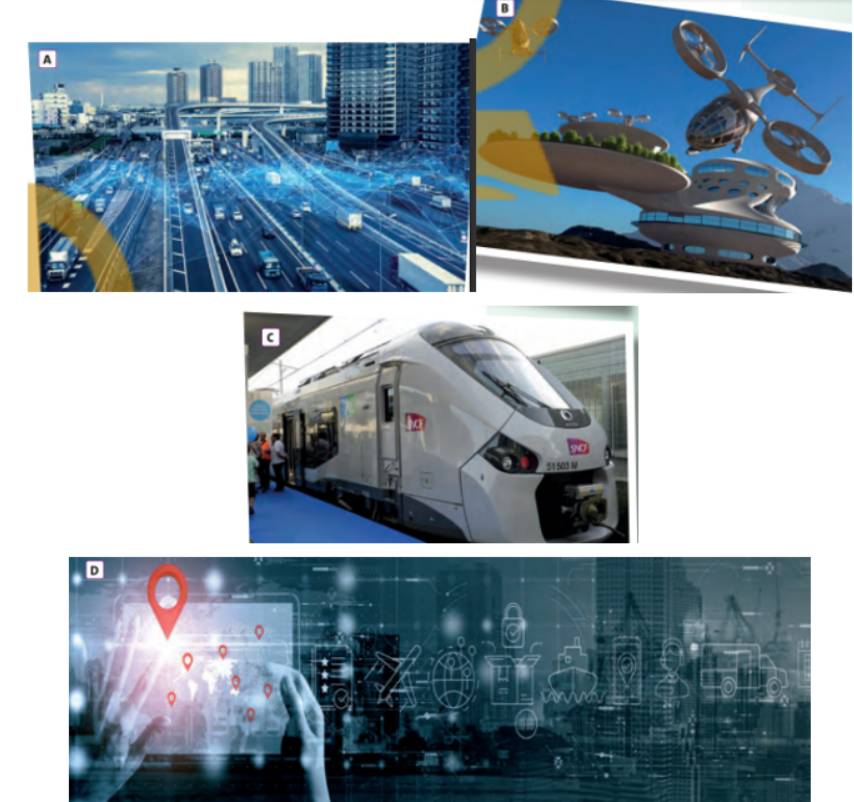The Ancient Greeks were interested in the ideas of human ..........( person)
Hãy nhập câu hỏi của bạn vào đây, nếu là tài khoản VIP, bạn sẽ được ưu tiên trả lời.


1. Who compiled a list of seven wonders of the world?
A man by the name of Antipater did.
2. Why should Angkor Watt really be known as a wonder?
Because it is the largest temple in the world.
3. Did Angkor Thom use to be the royal capital city?
Yes, it did.
4. When was Angkor Watt built?
It was built around the year 1100.
5. Where is the Gardens of Babylon now?
In present-day Iraq.
6*. Translate this text.
Hàng thế kỉ trước ở đất nước Hi Lạp cổ, một người đàn ông với cái tên Antipater ở thành Sidon đã biên soạn một danh sách mà ông nghĩ là bảy kì quan thế giới. Chúng bao gồm Vườn treo Babylon nay ở Iraq, Tượng thần Zues ở Hi Lạp, và Kim tự tháp Cheops ở Ai Cập. Kim tự tháp là kì quan duy nhất ta có thể thấy ngày nay. Nhiều người cho rằng có nhiều kì quan khác mà những người Hi Lạp cổ không hề hay biết. Chúng gồm có Vạn lí trường thành của Trung Quốc, đền Taj Mahal ở Ấn Độ và đền Angkor Watt ở Campuchia.
Angkor Watt đáng lẽ nên được biết đến như một kì quan vì nó là ngôi đền lớn nhất thế giới. Ngôi đền được xây quanh những năm 1100 để tôn vinh Thiên Chúa giáo, nhưng sau đó ba thế kỉ nó đã trở thành khu trung tâm Phật giáo. Khu vực xung quanh ngôi đền, Angkor Thom, từng là thủ đô hoàng gia.

- Sky cities will be built with solar-run buildings.
(Các thành phố trên bầu trời sẽ được xây dựng bằng các tòa nhà chạy bằng năng lượng mặt trời.)
- Internet will control every human activity. => Picture D
(Internet sẽ điều khiển mọi hoạt động của con người.)
- People will work in mobile offices. => Picture B
(Mọi người sẽ làm việc trong các văn phòng di động.)
- Underground trips will become safer and faster than ever. => Picture C
(Những chuyến đi dưới lòng đất sẽ trở nên an toàn và nhanh chóng hơn bao giờ hết.)
- I think the idea of future cities “Underground trips will become safer and faster than ever” is mentioned in the text.
(Tôi nghĩ rằng ý tưởng về các thành phố trong tương lai “Các chuyến đi dưới lòng đất sẽ trở nên an toàn hơn và nhanh hơn bao giờ hết” được đề cập trong văn bản.)

In the second century BC, the Greek historian Antipater wrote a list of the seven greatest wonders of the ancient world; of these, only the Great Pyramid has survived. Sometimes however, civilizations can be rediscovered - and this is what happened when Borobudur, often called the eighth wonder of the world, was found again in the jungles of Java, south - east Asia.
It was in 1814 that Thomas Raffles became Governor of the island of Java. Unlike many other Europeans, he was interested in the history of the country and spent his time collecting as much information as he could.
In 1815, Thomas Raffles set off with a small party to see what he could find. They traveled for many weeks, and finally arrived at the site of Borobudur. Raffles was astonished by what he found. In front of him, almost covered by the plants and tall trees of the jungle, was one of the most magnificent buildings he had ever seen.
76. Thomas Raffles _______.
a. was Governor of the island of Java b. was the one who rediscovered Borobudur
c. was interested in the history of the country d. all are correct
77. What does the word ‘wonder’ in line 2 mean?
a. a feeling of surprise and admiration b. something that causes you to feel surprise or admiration
c. a place in a desert that has trees and water d. a thing that is built to help people remember a person
78. Raffles rediscovered Borobudur _______.
a. in 1814 b. in 1815
c. after many weeks traveling in the jungle d. b & c
79. Borobudur was _________.
a. one of the seven greatest wonders of the ancient world b. called the eighth wonder of the world
c. built in the second century BC d. all are correct
80. Which of the following is not true?
a. A Greek historian wrote a list of the seven greatest wonders of the ancient world.
b. Most of the European were not interested in the history of Java.
c. Java is the name of an island.
d. Thomas Raffles rediscovered Borobudur by accident
